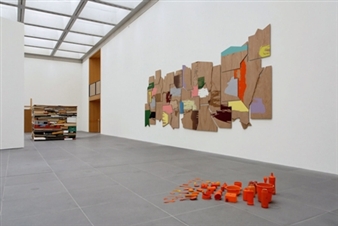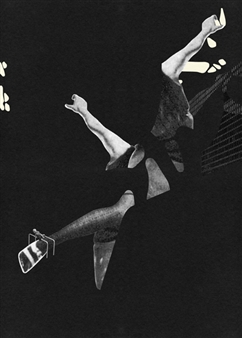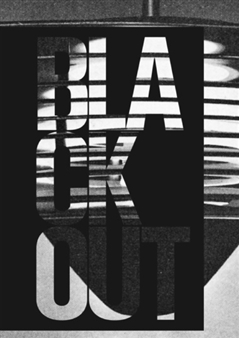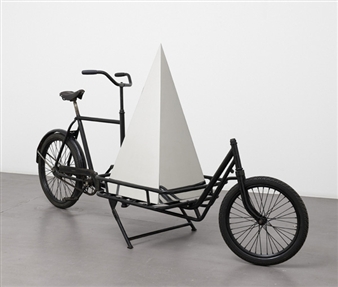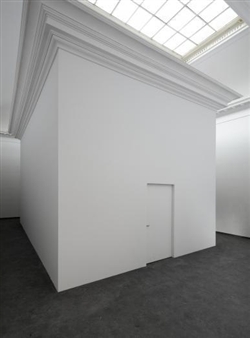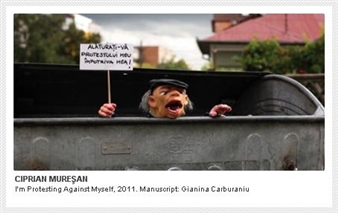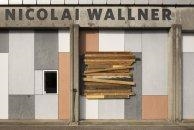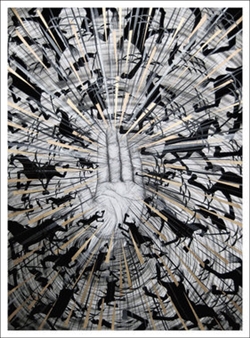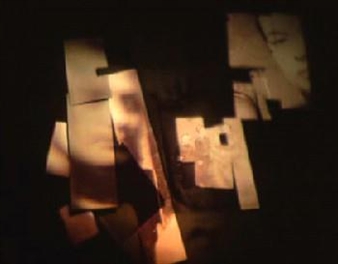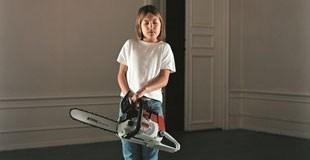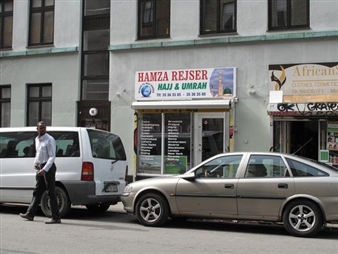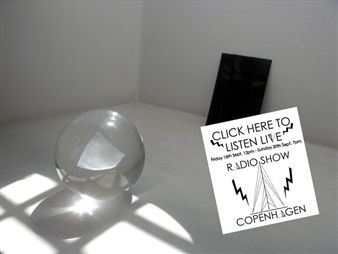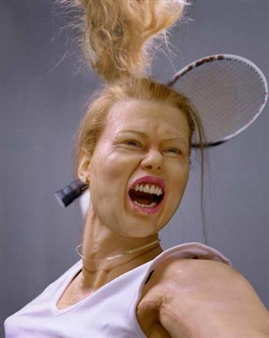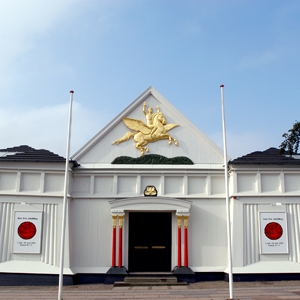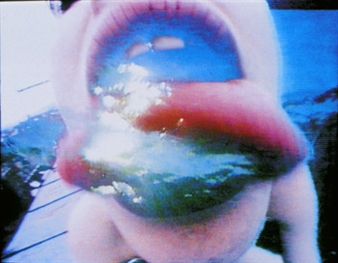Jump
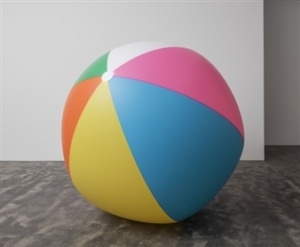
Hovedstaden, Copenhagen, 06/01/2017 - 08/11/2017
Njalsgade 21 Building 15
Playful and impulsive, physical and daring, the idea and the act of jumping go back to something childlike and primal. It is both voluntary and involuntary. We jump off of things and onto things, upwards and downwards, backwards and forwards. Jumping can be a reaction, a sign of emotion. We jump in moments of shock, but also in moment of excitement or surprise. We take metaphorical “leaps of faith”, jumping headfirst into situations and ideas. Jumping allows us to break, to move another way, and to try something new. This exhibition is an attempt to understand how this act and this idea play out in our lives, and explores what it means to have the possibility to change direction.
In the spirit of this kind of movement, Jeppe Hein’s Mirror Balloons hang from the ceiling. Moving softly with the wind, they seem just out of reach, almost as if you could jump and grab the string if you wanted. Peter Land’s installation is composed of a giant beach ball that stands in the middle of the room. Both conspicuous and inconspicuous at the same time, the work feels unexpected and yet somehow normal—like it just rolled in.
Cornelia Baltes’ paintings continue to play with the idea of spontaneity. Charged with energy, the more abstract gestures of her work are countered by glimpses of something more figurative. Each decisive brush stroke reveals a level of control, but one that enables a certain kind of openness and freedom.
Four pairs of mannequin-like legs are mounted to one of the walls, each dressed in a different set of coloured stockings. The legs systematically kick, one at a time, in all the possible sequential combinations that exist—a total of 40320 possibilities. Simultaneously whimsical and controlled, Jonathan Monk’s installation asks us to explore the nature of its actions while leaving the answer deliberately open. Is it as unplanned or as planned as we think? What about our own actions? Are we as in charge or as able to let go as much as we think we are?
Some of the works in the first room propose that our nature is inherently one that is based on planning and patterns rather than one that is impulsive. They propose that our own histories and narratives can explain who we are and where we find ourselves today, and that as time passes, we may no longer fulfill a function, that we become more rigid and fixed. Yet within this, there is the idea that we can adapt. Elmgreen & Dragset’s diving boards lose their primary purpose placed erect on the wall, side by side, yet as such they become something else, they transform into something sculptural. They find a new purpose.
In the second space, the works challenge us to jump in a more metaphorical way. With Jose Dávila’s triptych, text appropriated from a 1930s American book on the effects of colour and light and the idea of beauty is placed alongside visual elements referencing the Russian avant-garde movement of the 1920s. Similarly, Jakob Kolding’s collaged work puts forwards images whose contexts are specific, and yet deliberately left vague and varied, with each subject to our own personally interpretation. Both artists require us, the viewer, to enter another space—a space which they have each constructed in order to allow us to explore new ways of thinking and understanding. They ask us to bridge gaps between differing and potentially conflicting elements to build our own narratives and our own means of contextualising what they have put forwards.
Within this imaginative state of thinking, Dan Graham’s model for his pavilion Groovy Spiral, reinforces the idea that we can always take something and look at it from a new angle, a new perspective. We always have the option of jumping, whether we do it with our body or our minds.
